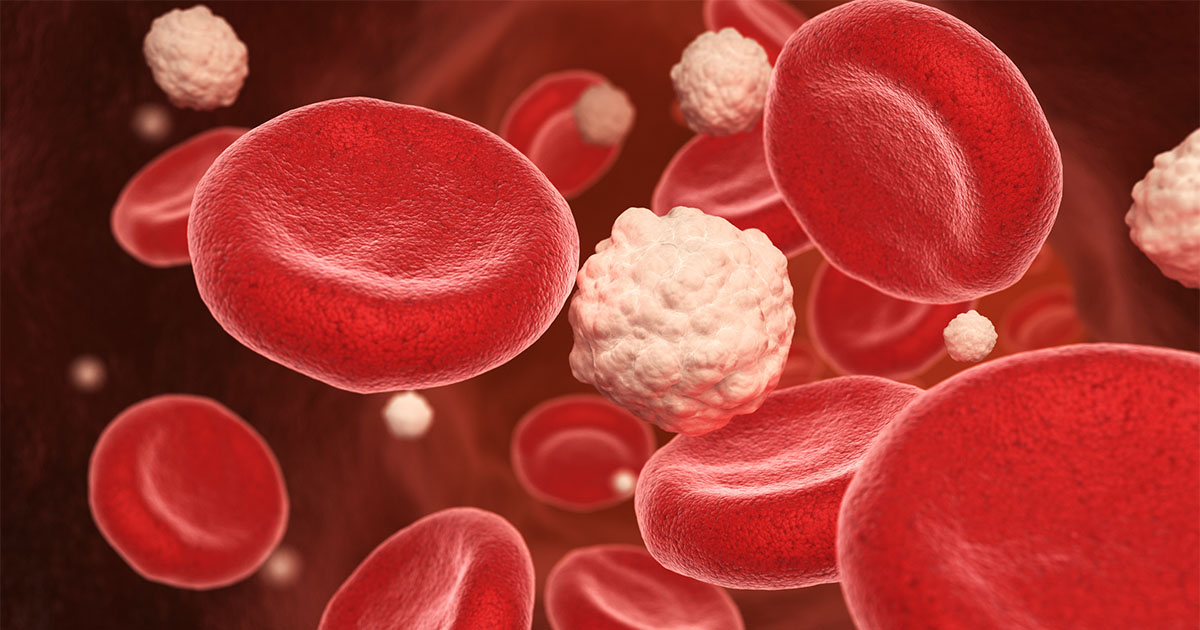Neonatal death, stillbirth, congenital anomaly, large and small for dates babies and neonatal unit admission in diabetic pregnancies remain very high when compared to non-diabetic pregnancies. According to the latest National Pregnancy in Diabetes Audit, women with diabetes are not adequately prepared for pregnancy, with almost 90% not receiving risk-reducing pregnancy preparation as recommended by the National Institute for Health and Care Excellence. These findings have remained unchanged over the past 5 years.
The National Pregnancy in Diabetes Audit in England and Wales is the largest audit of its kind in the world. The latest audit found that seven out of eight women living with diabetes were not well prepared for pregnancy. Women with type 1 diabetes were less likely to have HbA1c <48 mmol/mol (<6.5%) than their counterparts with type 2 diabetes. Fewer women with type 2 diabetes were taking 5 mg folic acid daily. The audit found that women with type 1 diabetes were more likely to be seen within 10 weeks’ gestation than women with type 2 diabetes; however, there was wide local variation.
Almost half of babies had complications that were associated with maternal diabetes, with the most common complication being large for gestational age babies. There was a high admission rate to neonatal units, especially for babies born at 34–37 weeks’ gestation. Admission of full-term infants was more likely if the mother had type 1 diabetes than type 1 diabetes.
Compared to women without diabetes, higher rates of anomalies, stillbirths and neonatal deaths are associated with maternal diabetes. Just 98.6% of maternal diabetes pregnancies resulted in a live birth compared to 99.6% of babies born to non-diabetic women.
To access the publication, click here





Risk ratios of 1.25 for autism spectrum disorder and 1.30 for ADHD observed in offspring of mothers with diabetes in pregnancy.
18 Jun 2025